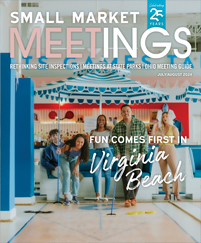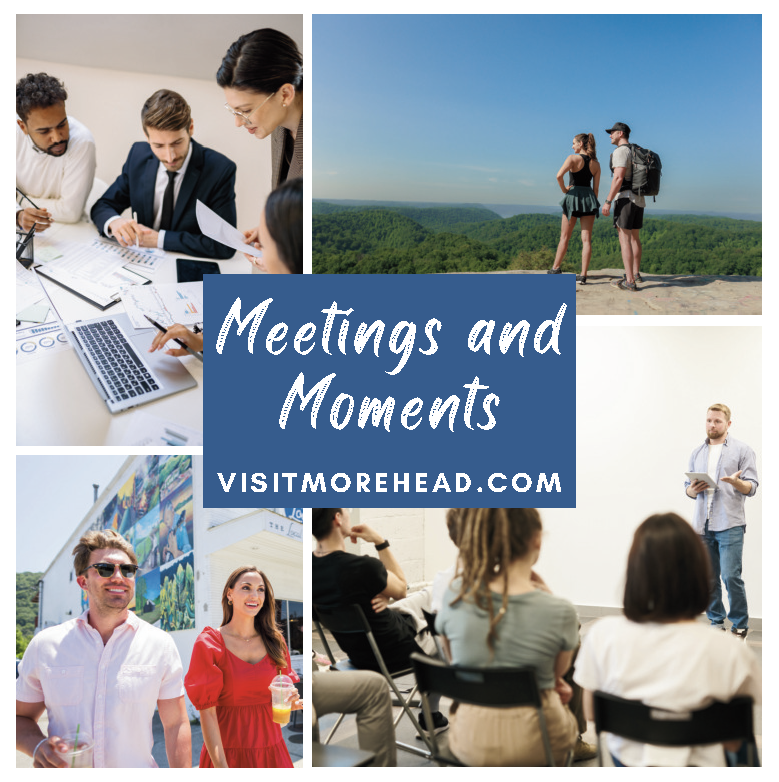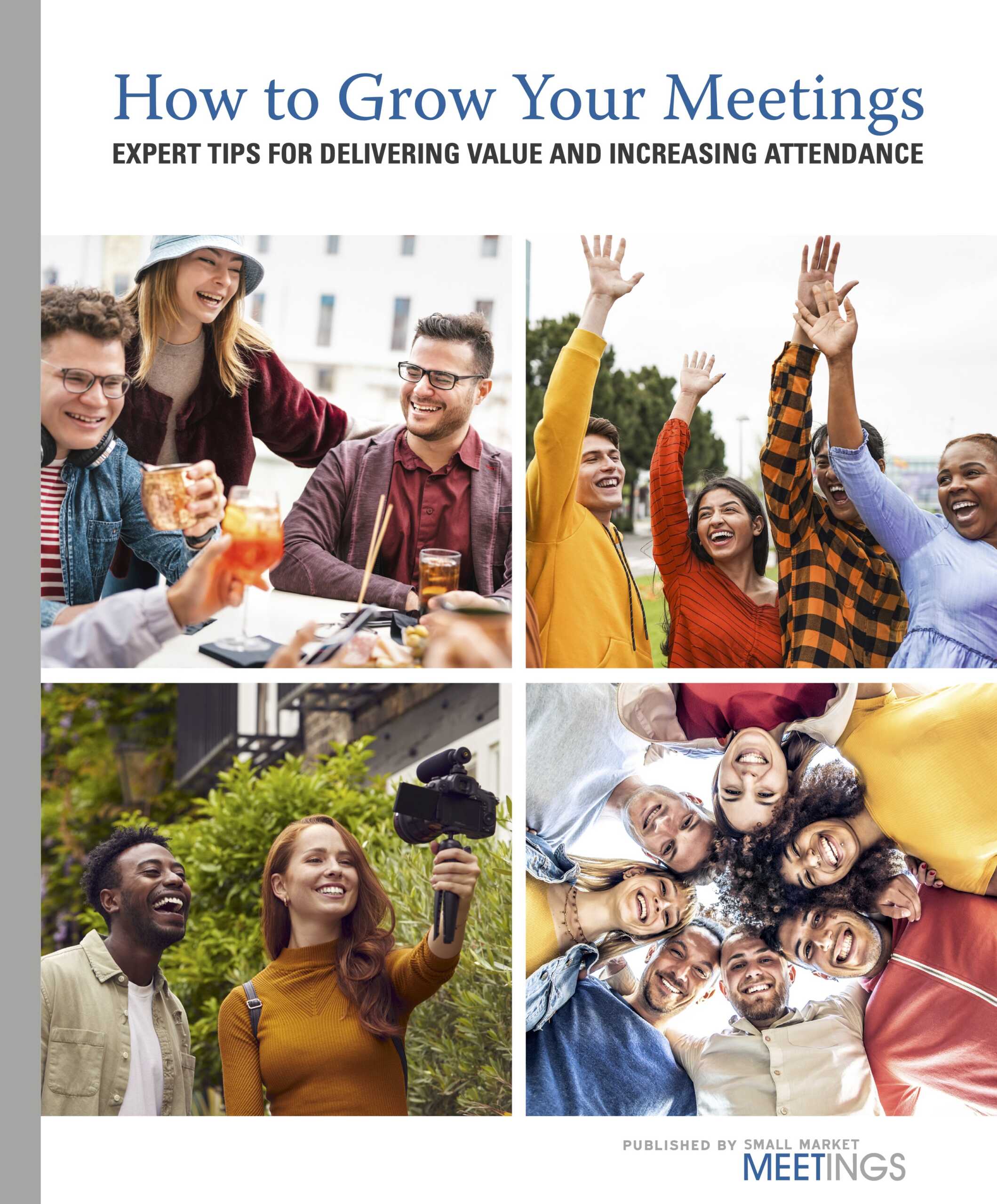Corporate retreats are a great way to bring together a smaller group of people to educate, network and build relationships. Reconnecting with work colleagues in-person is vital on many levels. Virtual video conferencing platforms like Zoom play their part to keep everyone working and as connected as possible but nothing can replace that in-person experience. As humans, we are social creatures and crave connections. Before COVID-19, 100% distributed model companies held annual or semi-annual internal retreats to allow employees to better get to know one another and to have fun. If you are thinking of starting a corporate retreat — either for your internal team or for your customers — here are a few considerations:
- Be strategic. What are the goals of the retreat? Speak with your stakeholders to understand how they will measure the success of the event. Make sure you track against those metrics during all phases — pre-event preparation and planning, during and after the event.
- Who’s on the guest list? Will the retreat include the entire company? A department (HR, Finance for example) or if external—which customers will be invited—and how will they be determined?
- Survey your guest list. Once you determine the guest list, send a short survey (six questions or less). Ask questions that will help build the agenda, ensure the event is worthwhile for everyone and meets the stakeholder’s goals. It’s a good strategy to allow your attendees to be a part of the agenda planning —it provides a sense of ownership. Questions might include:
- What three topics would you like to discuss during the retreat?
- What two things do you hope to take away from the retreat?
- What time of year works best for you (Q1, Q2, etc.)
- Is there a destination that you would suggest for the retreat?
- Choosing a destination is crucial to a successful event. Considerations should include geography, time of year, and ease of travel. If your retreat is happening in the fall or winter, hosting your event in a warm location will be a big draw. Unless of course, you plan on heading to Aspen and skiing will be on the agenda. Where are the bulk of your attendees located? How important is their ease of travel? Are direct flights with little ground transfer time a deciding factor for your attendees?
- Timing is key. Try to be mindful of family/personal time and avoid scheduling your retreat over weekends, during school spring breaks or around major holidays. If you do choose a coastal destination, try to stay clear of dates that fall during hurricane season. You should also keep in mind other events taking place within your industry to ensure your event doesn’t fall within conflicting dates. CVBs (see #6) can also provide a calendar of citywide conventions. Remember, inventory across the board will be lighter during those times, and as such, I always try to avoid it.
- Work with your CVB contacts! These folks know the destination and can offer more than hotel recommendations. They often know hidden gems to highlight during your retreat (like that gourmet popsicle shop that just opened) CVBs also offer rebates, discounts and value-adds for groups that you may not see otherwise, so reach out and build that relationship!
- Look at alternate destinations. While I prefer holding retreats at remote resorts — somewhere attendees truly feel like they are “off on a retreat” — those places are typically not as travel-friendly. They make for memorable events but, remote resorts are not for every customer or every event. If ease of travel is a selling point for your group, try looking for venues within a 30-minute drive from a major airport. All-inclusive venues are also a great alternative since activities, restaurants, meeting space and open space for those non-traditional meeting areas will all be located on-site. Depending on the format and goals of your retreat, you may want to include an “explore the area” activity, or you may just want to keep everyone on site. If you can buy out a resort, that brings an additional layer of exclusivity to your event. You can stay on property the entire time, it’s yours!
- Craft your agenda carefully. A retreat should be fun. Yes, there is work to be done, however, be strategic in structuring the agenda to make it feel less like work. For example, try starting breakfast at 9 am to let your attendees sleep in, work a bit, or hit the gym before the retreat day starts. You can also try building in breaks to include something fun. Take an hour break and partake in an on-site activity. I often chose resorts that have activities like archery, horseback riding, ATVs, etc. You would be surprised how much work actually gets done during this “downtime.” I once saw a deal close during a horseback ride when a CEO flicked a tick off a customer (true story). You could also opt for a breakout format rather than a general session-style retreat. People tend to be more comfortable opening up and discussing challenges in smaller groups. And we all know the attention span of adults these days isn’t very long. Remember, retreats are more than “meetings between four walls” — so be creative! Most of the time, the retreats I plan don’t use traditional meeting space — we might be in the cabanas poolside, or have a tent and chairs set up in the middle of a vineyard. It’s often the same for meals. Try heading outside if the weather allows. Even if it’s chilly, bring in the heat lamps— you can’t beat some fresh air!
- Think about the Swag. Think about your destination. What is something unique they do that would add some local flair? I once hired a local Austin artist to craft a custom belt buckle for a customer’s retreat. On-site at the opening reception, the attendees received their buckles. We set up a station where a local leather maker crafted a bespoke belt fitted with the new buckle for each attendee. You can also think about the weather at your destination. At another chilly meeting, I had cashmere blankets for an evening dinner in the desert. Have fun with the swag!











